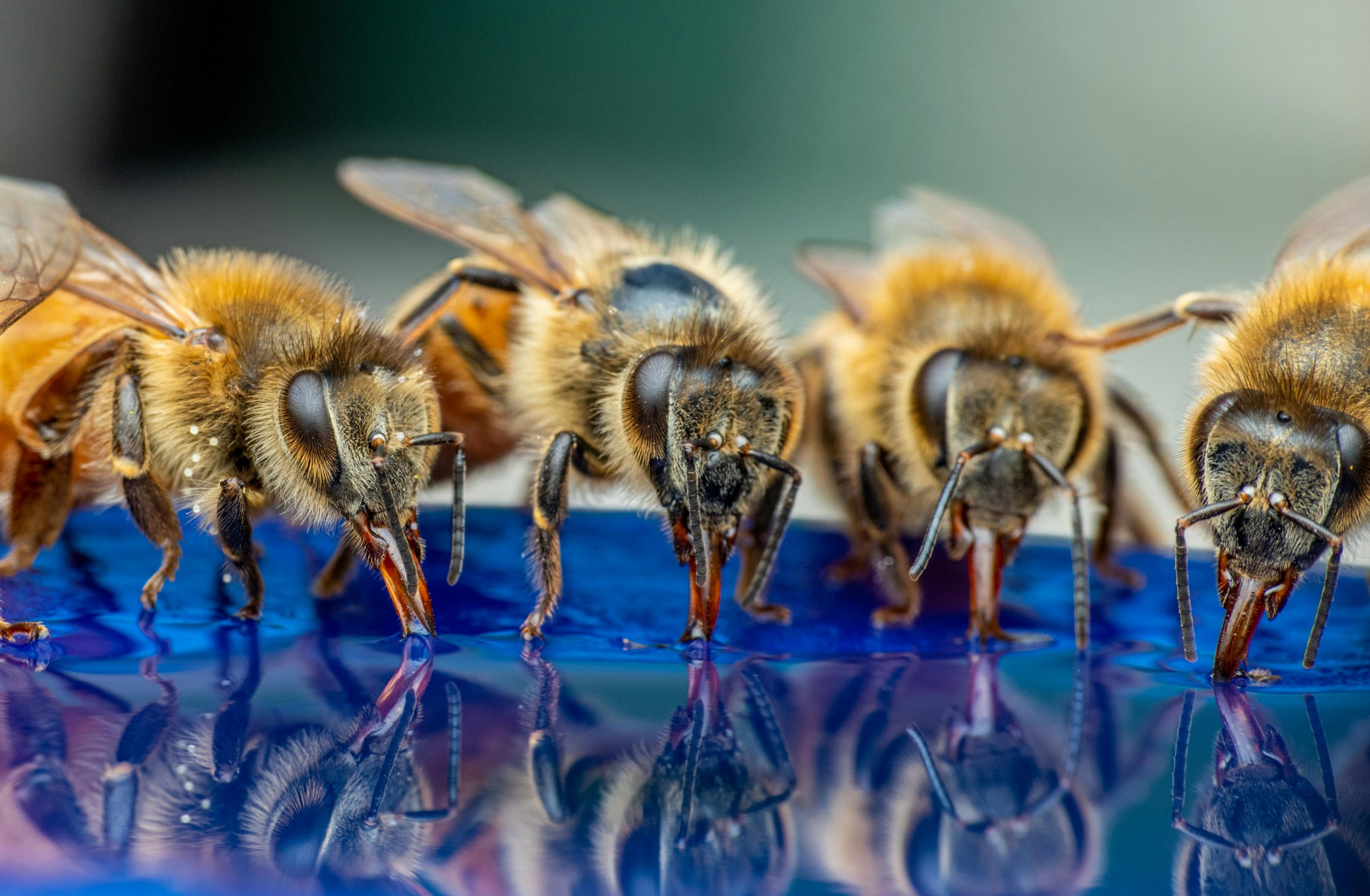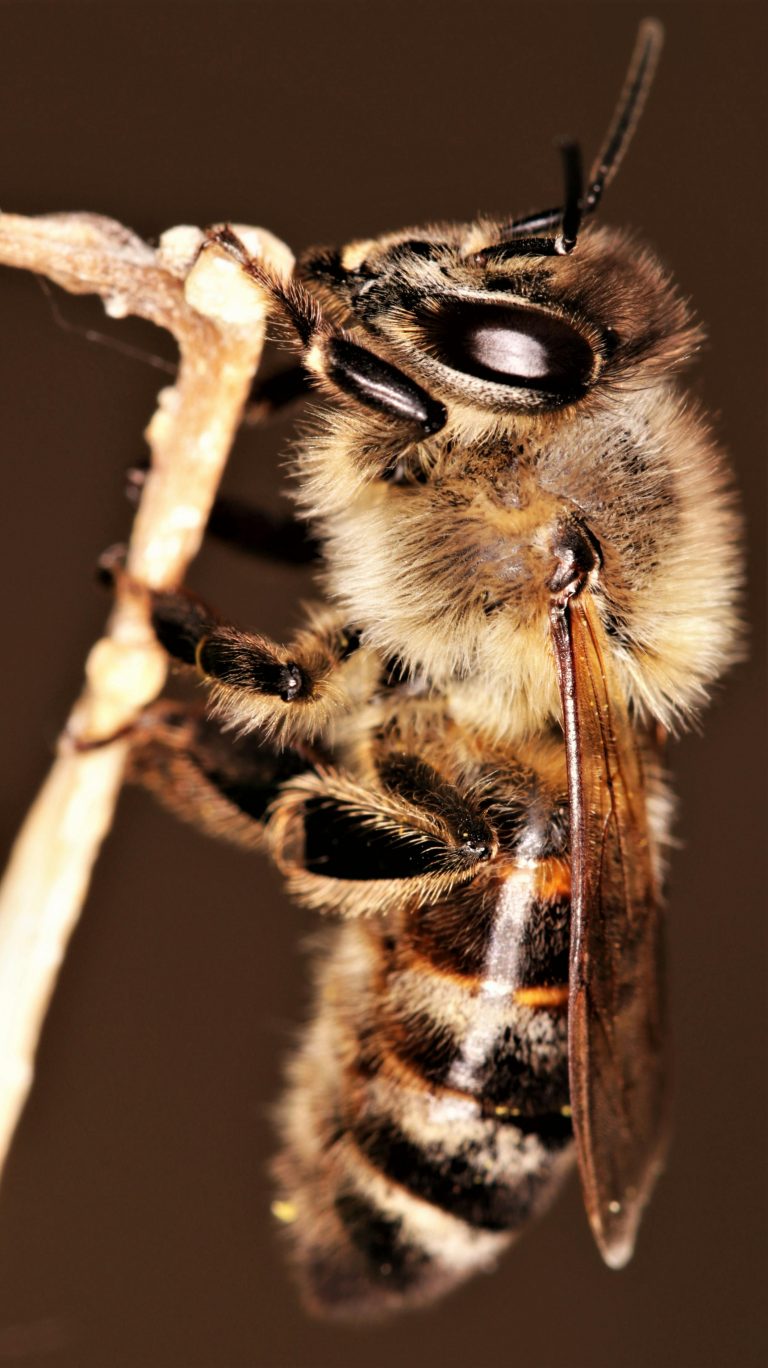They hum, they buzz, and flit from flower to flower. Honey bees might be tiny, but their impact is massive. From pollinating fruits and vegetables found on our tables to helping plants used in medicines grow, honey bees are vital to life. And yes, they produce honey too.
Today, let’s celebrate and raise awareness of these little insects on World Bee Day. We’ve rounded up a menu fit for feeding any honey bee visiting your garden or balcony.
What can we feed honey bees?
You might think these creatures are self-sufficient and don’t need our help with food, but because of factors like climate change and urbanisation, to name a few, these creatures are actually struggling to find food and water to bring back to their hive. How can we help? We can provide cool water and a sweet treat in our gardens and balconies.

Feeding our favourite pollinators: A Honey Bee-friendly menu for your garden café
Cool, salty water
If honey bees could order a drink, they would order a cool drop of slightly salty water. Here’s how to prep their favourite drink:
- Mix 1 teaspoon of table salt with 3,5 litres of drinking water.
- Pour the mixture into a shallow saucer.
- Place some pebbles, hay, or twigs to create a landing spot for honey bees.
- Place the container in a shady, flower-rich spot.
Sweet treats for energy
During Winter and early Spring, pollen and natural sugars found in various plants become slim pickings. You can provide an alternate food source for the honey bee with sugar water, a thick sugar syrup, and pollen.
- Sugar water (for immediate energy): Mix 1 part white sugar with 1 part water (e.g. 100g white sugar + 100g water).
- Thick sugar syrup (for a longer-lasting food source): Mix 2 parts white sugar with 1 part water (e.g. 200g white sugar + 100g water).
- Backyard bonus: If you’re lucky enough to have a hive in your backyard, consider making pollen patties to boost your colony during Spring and Summer.
- Pollen: Mix bee pollen, some sugar, and water to form pollen patties. Place in the hive to feed your colony.
Avoid these foods
- No honey from other hives (they pose a risk of diseases).
- No brown sugar or molasses (can cause digestive issues in bees).
Whether you live in a city apartment or have a blooming backyard, there’s something you can do to support your local bees. On this World Bee Day, let’s turn our gardens into safe havens for these precious pollinators and enjoy the buzz of life they bring.
Also See: How we can help the honey bee
Feature image credit: Pexels

